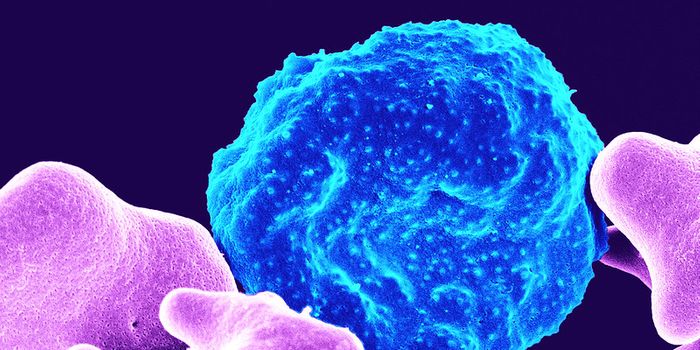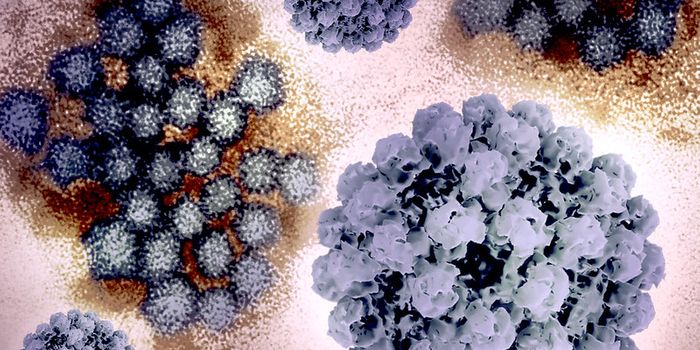Scarlet Fever 'Superclones' Pose Rising Public Health Threat
More than a hundred years ago, the world faced waves of scarlet fever epidemics; between around 1820 and 1880 there were several in Europe and North America. Now scientists are warning that ‘superclones’ of the pathogenic bacterium that causes scarlet fever, Streptococcus pyogenes, are causing the disease to reemerge, which is a growing threat to public health. The findings have been reported in Nature Communications.
Study author Dr. Stephan Brouwer of the University of Queensland noted that Asian countries were surprised by a scarlet fever epidemic that occurred in 2011. "The disease had mostly dissipated by the 1940s," Brouwer said.
Scarlet fever is like a lot of infectious diseases; infected people can infect others. "Like the virus that causes COVID-19, Streptococcus pyogenes bacteria are usually spread by people coughing or sneezing, with symptoms including a sore throat, fever, headaches, swollen lymph nodes, and a characteristic scarlet-colored, red rash.
"Scarlet fever commonly affects children, typically aged between two and 10 years. After 2011, the global reach of the pandemic became evident with reports of a second outbreak in the UK, beginning in 2014, and we've now discovered outbreak isolates here in Australia,” added Brouwer. "This global re-emergence of scarlet fever has caused a more than five-fold increase in disease rate and more than 600,000 cases around the world."
In this work, the researchers identified S. pyogenes bacteria that have begun to generate “superantigen” toxins. Superantigens cause an excessive immune reaction in which too many cytokines are released, which can have devastating health consequences. These 'superclones' were probably created after viruses had infected these bacteria and altered their genome, suggested the researchers.
"The toxins would have been transferred into the bacterium when it was infected by viruses that carried the toxin genes. We've shown that these acquired toxins allow Streptococcus pyogenes to better colonize its host, which likely allows it to out-compete other strains," explained study co-author Professor Mark Walker .
"These supercharged bacterial clones have been causing our modern scarlet fever outbreaks,” he added. "The research team then removed the toxin genes from the clones causing scarlet fever, and these modified knock-out clones were found to be less able to colonize in an animal model of infection."
Public health efforts introduced in the wake of COVID-19 have reduced the severity of scarlet fever outbreaks, but that may not last forever.
"This year COVID-19 social distancing has kept scarlet fever outbreaks in check for now. And the disease's main target: children have been at school less and also spending far less time in other large groups. But when social distancing eventually is relaxed, scarlet fever is likely to come back,” added Walker. "We need to continue this research to improve diagnosis and to better manage these epidemics. Just like COVID-19, ultimately a vaccine will be critical for eradicating scarlet fever - one of history's most pervasive and deadly childhood diseases."
Sources: AAAS/Eurekalert! via University of Queensland, Nature Communications









